Cockadoodledoo! Woof woof! Toookken! There is no need for an alarm clock on Ataúro Island where dawn inspires a daily animal chorus. I open one eye, then the other. It is day two in my sixth and final week as a marine conservation volunteer with Blue Ventures. I travelled halfway around the world to be here, and my experience has been worth every moment of the journey.
Friends and family are asking, “What are you doing on a remote island on the other side of the planet!?” You might ask the same, if you are considering becoming a volunteer. The best way to answer is to tell you about today because today was a day to remember—from out-of-the-blue sightings to my favourite Timorese food.
The morning workout and frontline news
I awake this morning at Barry’s Place, an ecolodge where volunteers spend part of their stay. My first stop is the “shower” room, where I plunge a bucket into a reservoir and hang it on a ceiling hook. The water, which streams through holes in the bottom of the bucket, is cool, but it feels good because at 6:45 am it’s already 25ºC (77ºF).
Minutes later I am summoned by Blue Ventures’ Dive Manager Laura MacGuire to help the team move air tanks from storage to the “kit pit” – the area where we set up and sort our diving gear each morning. The tanks are heavy, but it’s a nice workout with a splendid view of Ataúro’s hills, which are now, in the wet season, lush and green.
The sun feels strong already as it falls through the leaves of the beautiful tropical garden at Barry’s Place. Over a cup of tea and breakfast, Laura chats about the island news—local fishermen spotted a large group of dolphins and melon-headed whales yesterday.
I think this sounds promising for a chance to spend the morning looking for cetaceans (whales and dolphins), but we soon learn we have a different task: surveying two coral reefs.
Benthic or not benthic, that is the question
In addition to Laura, our team today includes Sandra, a fellow volunteer, Blue Ventures’ Field Scientist Roxane de Waegh and two Dive and Science Assistants Jemima Gomes and Amos Da Costa. Amos and Jemima, who are both residents of Ataúro Island, are working with Laura to complete a professional divemaster certification—a step that is important to them and their community.
Earlier in the expedition, Sandra and I completed training on how to conduct a scientific reef survey—from assessing damage due to bleaching, natural events or disease, to counting fish and benthic species, which include corals, sponges and algae. After several weeks of apprenticeship, we truly feel that we are part of the conservation work on Ataúro.
Before we head out, Laura gives a briefing about Baru Ana, the first dive site, and reviews safety procedures. Roxane follows with an overview of our survey goals.
Surveys are conducted in two-person teams, and Roxane is my partner for this dive.
“What do you want to do?” she asks.
“I fancy benthic today.”
“Okay, like every day!” she laughs.
“I’m afraid I will lose my mind if there are too many fish.”
“Don’t worry, they’re having a coffee and chilling. You’ll be fine.”
“You’ve got a point. Okay, I’ll do fish!”
We bring our gear to the dive boat, Tasi Mos, and captain Antonio helps us aboard. We are lucky today as the view of Manakoko, the island’s highest mountain, is crystal clear.
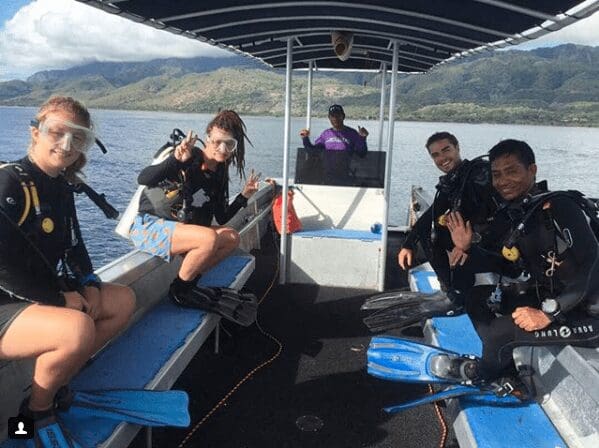
Ready to dive!
Once at Baru Ana, Jemima jumps in to check the current—an important step because the site lies near the narrow eastern point of the island, making it susceptible to tricky currents.
She surfaces a moment later. “No problem; just a bit of current.”
We complete a final safety check, and Amos, who will stay on the boat to monitor our dive, asks if everyone is ready.
“Yes!” we reply.
“Okay! Scuba masks on! Regulators in! Go!” he shouts.
We roll in unison off the side of the boat. I join Roxane on the surface and then follow her down to the reef floor where we lay a 50-metre measuring tape. This is our transect, the line along which we will survey. Once the tape is secure, we slowly, peacefully swim back to the beginning. Otherwise, we might frighten the fish before we can count them!
First, we swim along the tape and record fish and benthic species. Then I conduct an impact assessment, noting whether the corals have been affected by disease or bleaching or weakened by predators. Fortunately, the reef is healthy, and we celebrate that fact as we return to Barry’s Place.
A surprise in the blue
After a brief rest, we head to Haru Ina, a gorgeous coral reef that was recently designated as a locally managed marine area (LMMA) through a local customary law called “tara bandu,” that restricts fishing.
Laura reminds us “tara bandu allows the community to develop its own set of rules to manage and improve the sustainability of fishing practices. But this is a sacrifice for them.”
Community members fish to feed their families and earn money. As they reduce fishing, alternative income sources like those generated by ecotourism play an important role in supporting conservation.
We dive in, successfully complete a survey, and then hover at 5 metres for a safety stop before surfacing. The current gently pushes us over majestic table-like corals. We see plenty of fish—oriental sweet lips, snappers, trevally, and groupers; myriads of fusiliers; schools of trigger and unicorn fish; and a hawksbill turtle dancing nearby…
That would have been enough to make us happy, but Roxane flipped around to have one last glance into the blue, and a second later, she was screaming with delight.
A hammerhead shark!
Shark talk, lectures, beach cleans and more…
At lunch, we discuss the screaming, and the shark. Overfishing has severely affected their populations, and this is the first shark we have seen…
I fill the break after lunch with logbook writing and Instagramming. At 2:00 we reconvene for a lecture about coral gardening.
At 3:00 we meet for a weekly beach clean-up. For this, we need bags, gloves, a wheelbarrow, and strong motivation. As everywhere, plastic and other debris can be found on Ataúro’s shores. And plastic doesn’t break down; it only breaks up. Over time, a single plastic bottle can break into over 10,000 pieces of microplastic. We collect and sort the debris and log data for NGO Tangoroa Blue Foundation. It doesn’t seem like a lot, but if everybody contributes a bit, we can make a difference.
In late afternoon, I walk into Beloi Village to say hello to the family that hosted me during our time in homestay – Estevao and Lourdes and their children. Estevao climbs a tree in his garden to cut a fresh coconut for me. What a treat!
After returning to Barry’s Place, I log my reef check data from the morning dives and help clean the pit kit. Our day ends with dinner and a preview of tomorrow’s activities: a cetacean survey, a lecture about animal bioluminescence, boat maintenance.
Perfect. I’m in for all activities.
At 7:45 pm the day is ending. Sandra and I share a pineapple while a Japanese guest plays a sweet song for her child with a small Timorese guitar and a Dutch retired couple silently play a game… a unique atmosphere on a remote paradise island!
Blue Ventures would like to thank our supporters and funders including the Darwin Initiative through UK Government funding, the GEF through UNEP under the Dugong and Seagrass Project, and Wilstar.
All photos in this blog were taken by Martin Cloix (The Blue Martin) unless specified in the caption. If you want to see more from Martin, including French content, check out his Facebook, Instagram and Youtube channels.
Want a second opinion? Read a detailed description of a coral identification dive from previous volunteer Fiona Westheim.


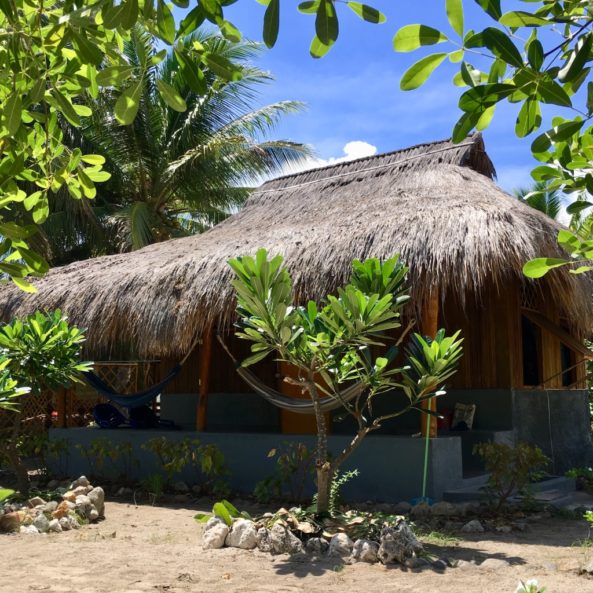
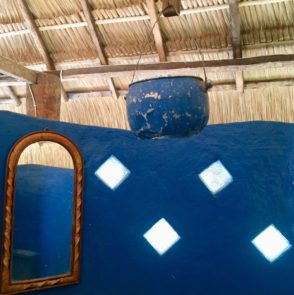
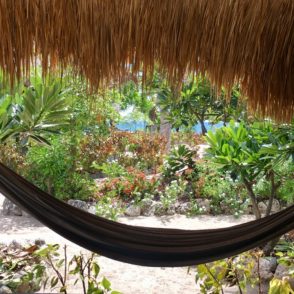

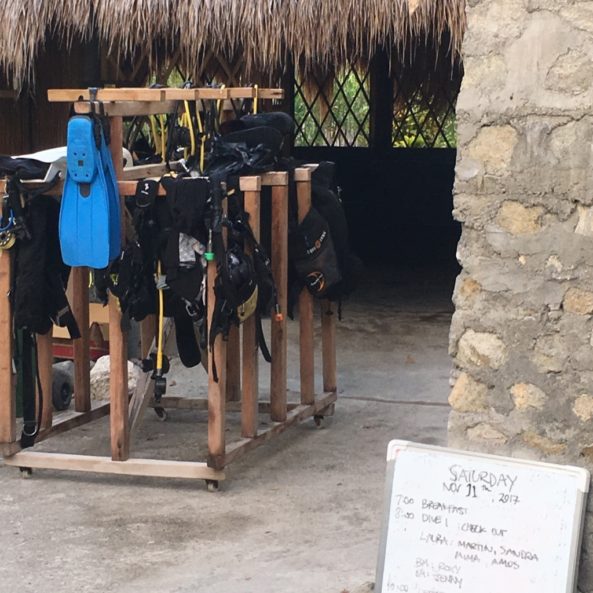
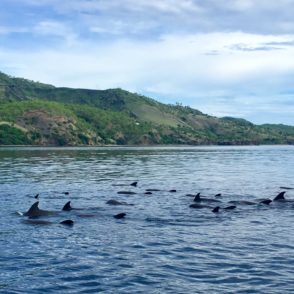

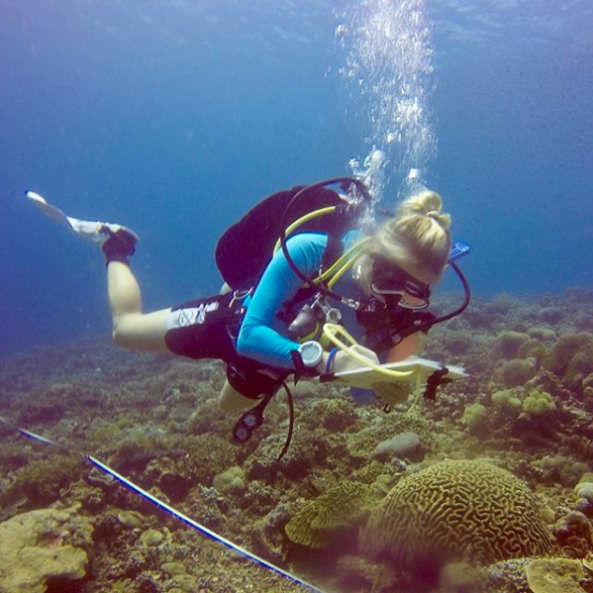
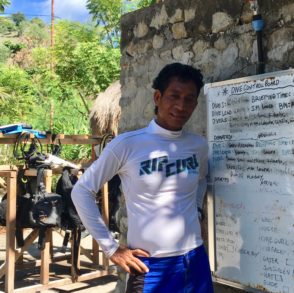
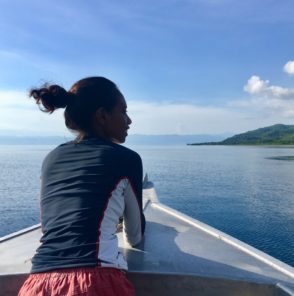
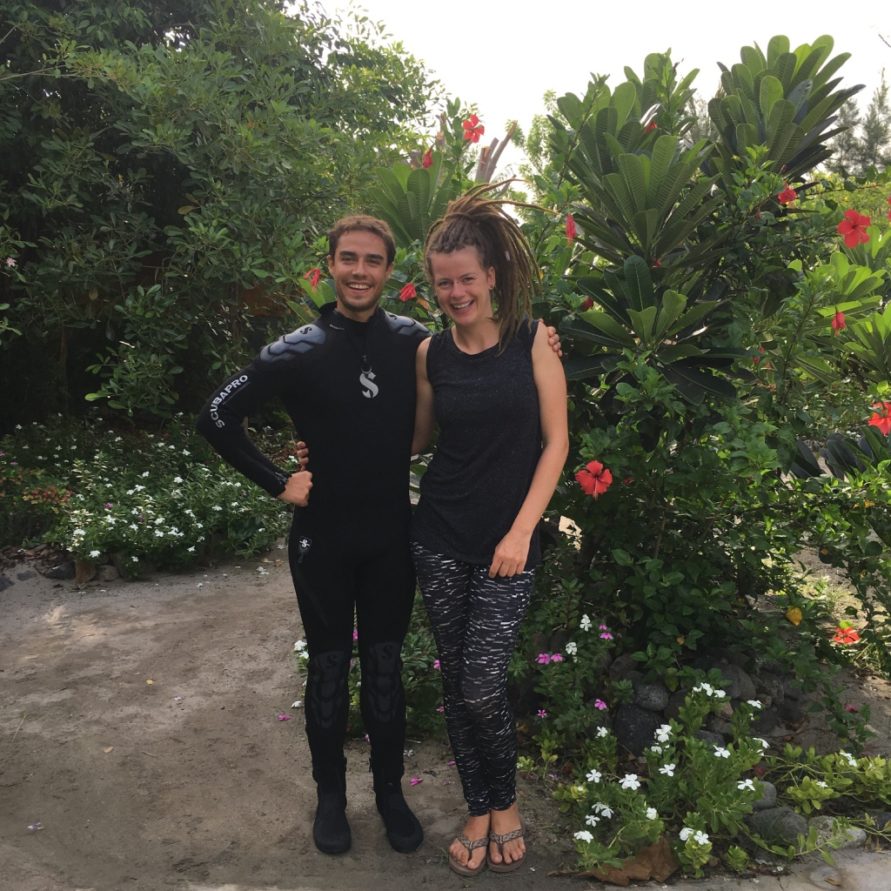



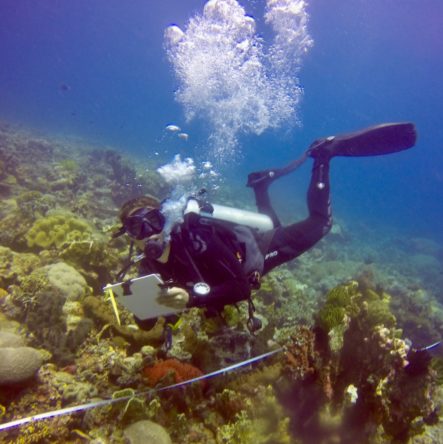

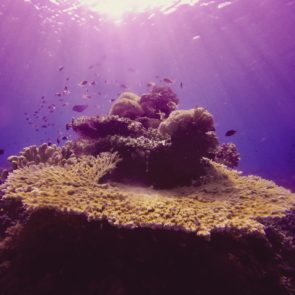
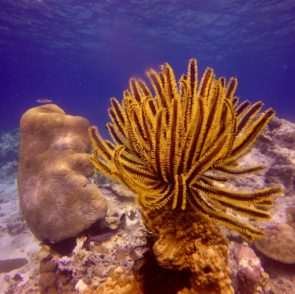

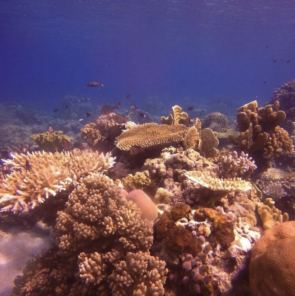

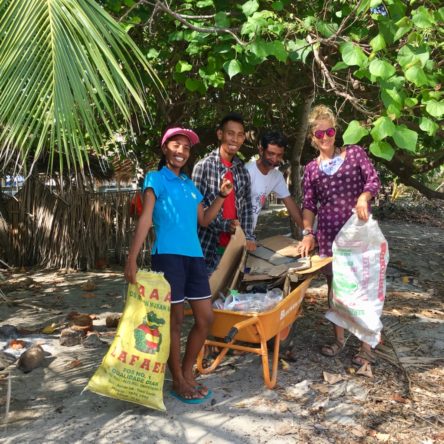
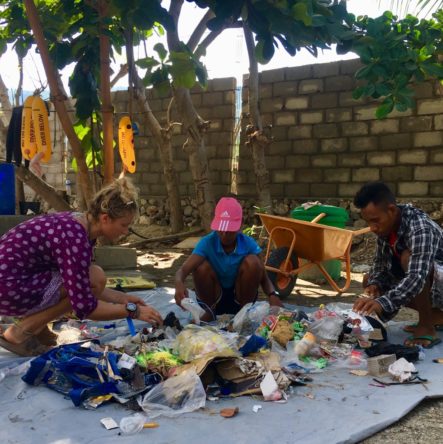
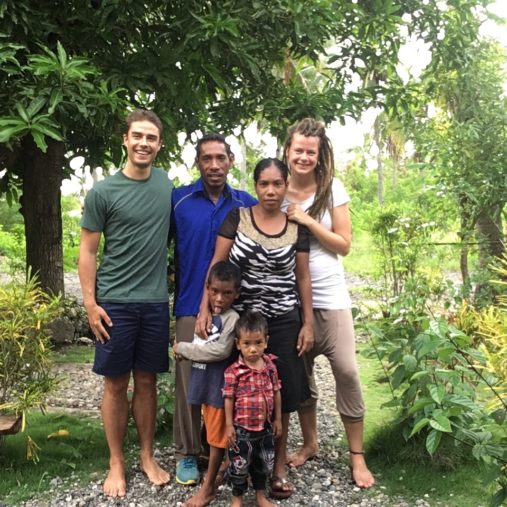
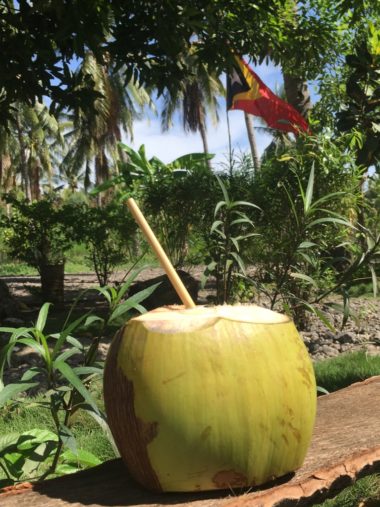


Great blog. Hope it recruits a whole school of volunteers. They will not be disappointed. I had a fantastic time on Atauro with BV myself.
Thanks Roger! BV was truly an unforgettable experience. You can follow my Facebook Page, I keep on going talking about my expeditions in conservation https://m.facebook.com/TheBlueMartinFR/
My pics’ captions and videos are in French and in English. Hopefully I’ll be able to find time to translate into English my last blogs (lately helping protecting sea turtles) on my website thebluemartin.net Don’t give up your interest for conservation 😉 cheers, The Blue Martin